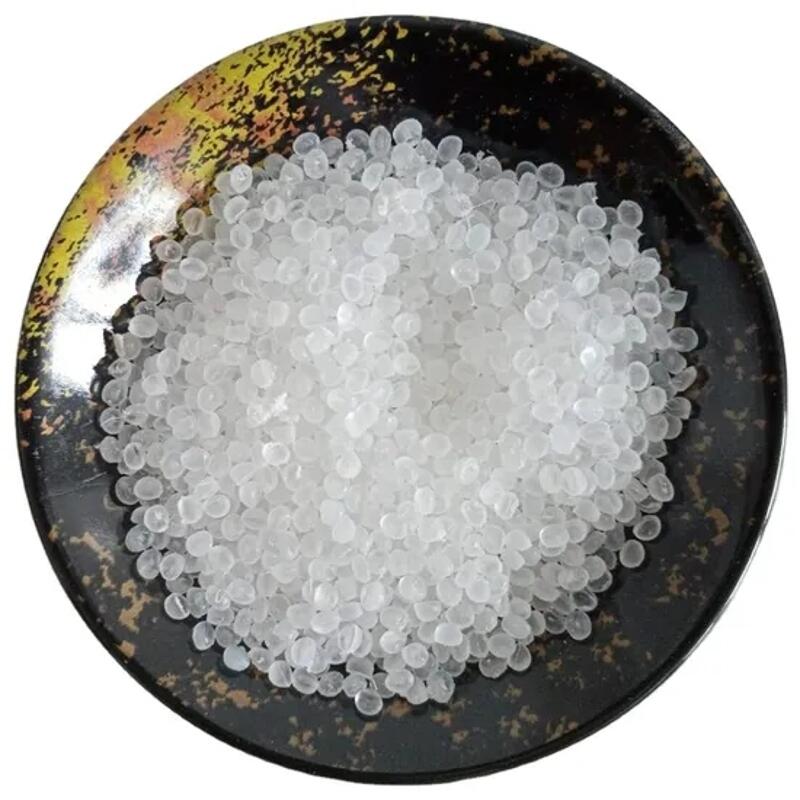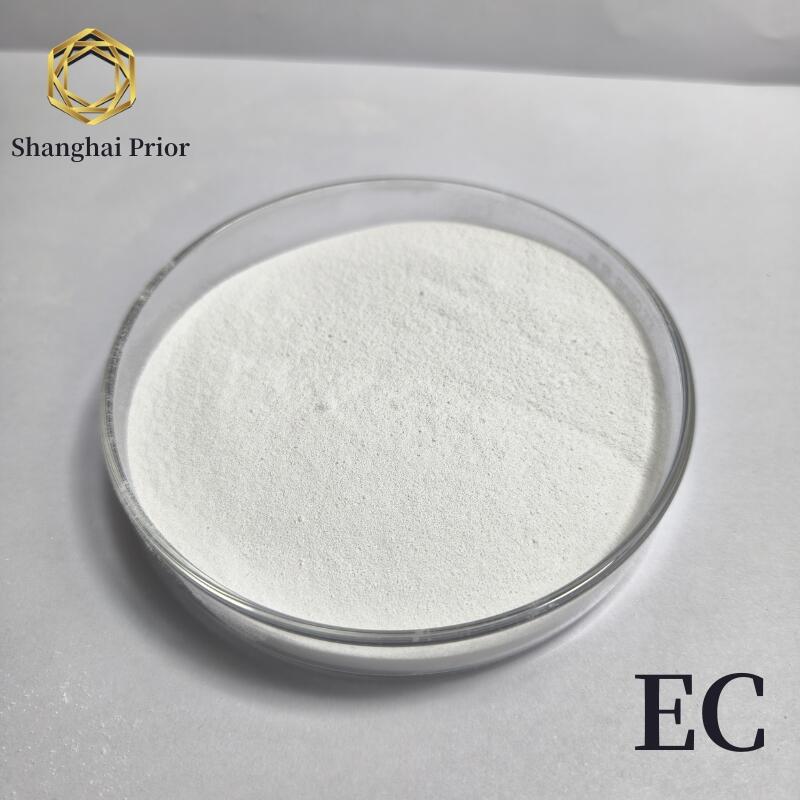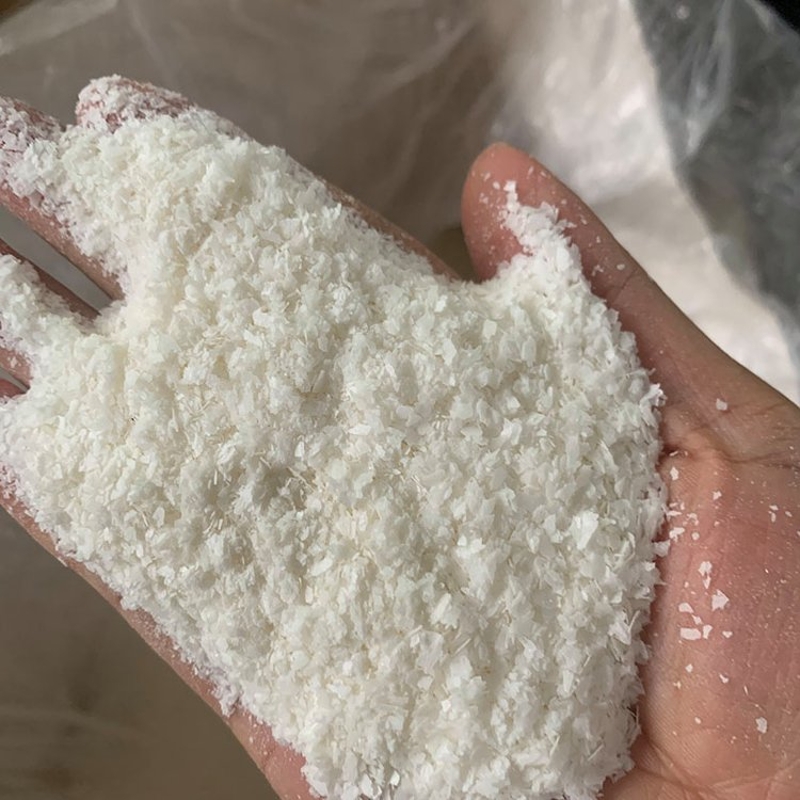-
Categories
-
Pharmaceutical Intermediates
-
Active Pharmaceutical Ingredients
-
Food Additives
- Industrial Coatings
- Agrochemicals
- Dyes and Pigments
- Surfactant
- Flavors and Fragrances
- Chemical Reagents
- Catalyst and Auxiliary
- Natural Products
- Inorganic Chemistry
-
Organic Chemistry
-
Biochemical Engineering
- Analytical Chemistry
-
Cosmetic Ingredient
- Water Treatment Chemical
-
Pharmaceutical Intermediates
Promotion
ECHEMI Mall
Wholesale
Weekly Price
Exhibition
News
-
Trade Service
As the world's leading manufacturer of specialty chemicals, Huntsman is focusing more on the needs and direction of downstream industries than on its own development. At the 8th Asian Refinery and Petrochemical Science and Technology Conference held recently, Zhang Jun, Commercial Director of China of Hensmeier Polyurethane Division, gave an exclusive interview to a reporter from China Chemical News, explaining Hensmeier's corporate strategy of transforming into a downstream market through cooperation and innovation with upstream and downstream.
Zhang Jun said that Hensmeier, in particular Hensmeier polyurethane business units choose to pay close attention to downstream, and the strategy of cooperation with downstream, is determined by a number of subjective and objective factors
. Objectively speaking, polyurethane (PU) has a wide range of downstream applications, making it easy to find new application directions. Originally a solution made from other materials, PU is not only a perfect alternative, but also shows PU-specific properties. In the continuous development, PU's new application points are emerging, and its market development is very rapid. It is estimated that the global PU market is growing at about 5% to 6%. It is because of the bullish downstream, especially in the Asia-Pacific market PU market development, including Huntsman, the major PU raw materials manufacturers have accelerated the pace of layout, and actively expand production capacity, especially in China.
is that Huntsman develops the downstream application market, extends the industrial chain, and enhances the value-added enterprise strategy of the product. In China, this strategy is known as the "Sleeping Tiger" program. Zhang Jun said that for the PU industry, do not attach importance to the downstream market, just finish the product and then sell is not possible. Innovation and development in the PU industry need to be achieved by constantly meeting new needs. As a result, Huntsman chose to pay close attention to downstream developments and movements, finding new needs in downstream markets based on an understanding of product characteristics. Some of these needs are short-term needs of the industry, some are long-term needs of the industry, and some are linked to the development of human society and promote the sustainable development of the industry as a whole. Hensmeier, through his research, has chosen directions that contribute to sustainable development. In this way, PU applications can be expanded to provide a demonstration role for the industry, while avoiding homogeneity competition, PU industry development can be jointly promoted.
to implement this corporate strategy, Huntsman has shifted the research and development system and even marketing strategy downstream. Regarding Hensmeier's research and development system, Zhang Jun said he invested a lot in research and development equipment, research and development tools and personnel to understand downstream needs and serve downstream markets. Take soft packaging adhesive as an example, in order to downstream research and development, Hensmay has a special soft package production equipment, can simulate the actual production characteristics of products, but also make Hensmeier for downstream technology to have some understanding, but also to understand the direction of product development, which not only understand customer needs, but also reduce the research and development cycle, to achieve the effect of doing more with less. For the marketing department, Huntsman's investment is also shifting downstream to serve customers more aggressively.
hensmeier is also actively working with downstream customers, equipment manufacturers and even research institutions to carry out frequent cross-border cooperation. Zhang Jun said such cross-border cooperation has opened up many opportunities for Huntsman and downstream manufacturers. Taking the "aldehyde-free addition" composite wood products solution recently released in Dongying as an example, Hensmeier, through cooperation with the State Forestry and Prairie Bureau of Forestry Industry Planning and Design Institute, learned the pain point of plywood manufacturing industry, relying on its own technical capabilities, came up with advanced solutions to meet the environmental protection needs of the plywood industry. Zhang Jun believes that Hensmay has seen cross-border cooperation opportunities, and has been looking for like-for-like upstream and downstream enterprises, common development, to achieve one plus one greater than two effects. "Today, innovation is no longer a single innovation, but a cooperative innovation. As more and more companies focus on collaboration, Huntsman gets more opportunities. On
, Mr Zhang said Hensmeier had long been bullish on the Chinese market and had rooted in China. In the Chinese market, Hensmay launched the "Four Sustainable Innovation Solutions", which also need to be implemented through the cooperation of upstream and downstream enterprises. As a result, Huntsman will also strive to promote cooperation and investment in downstream markets in China.







